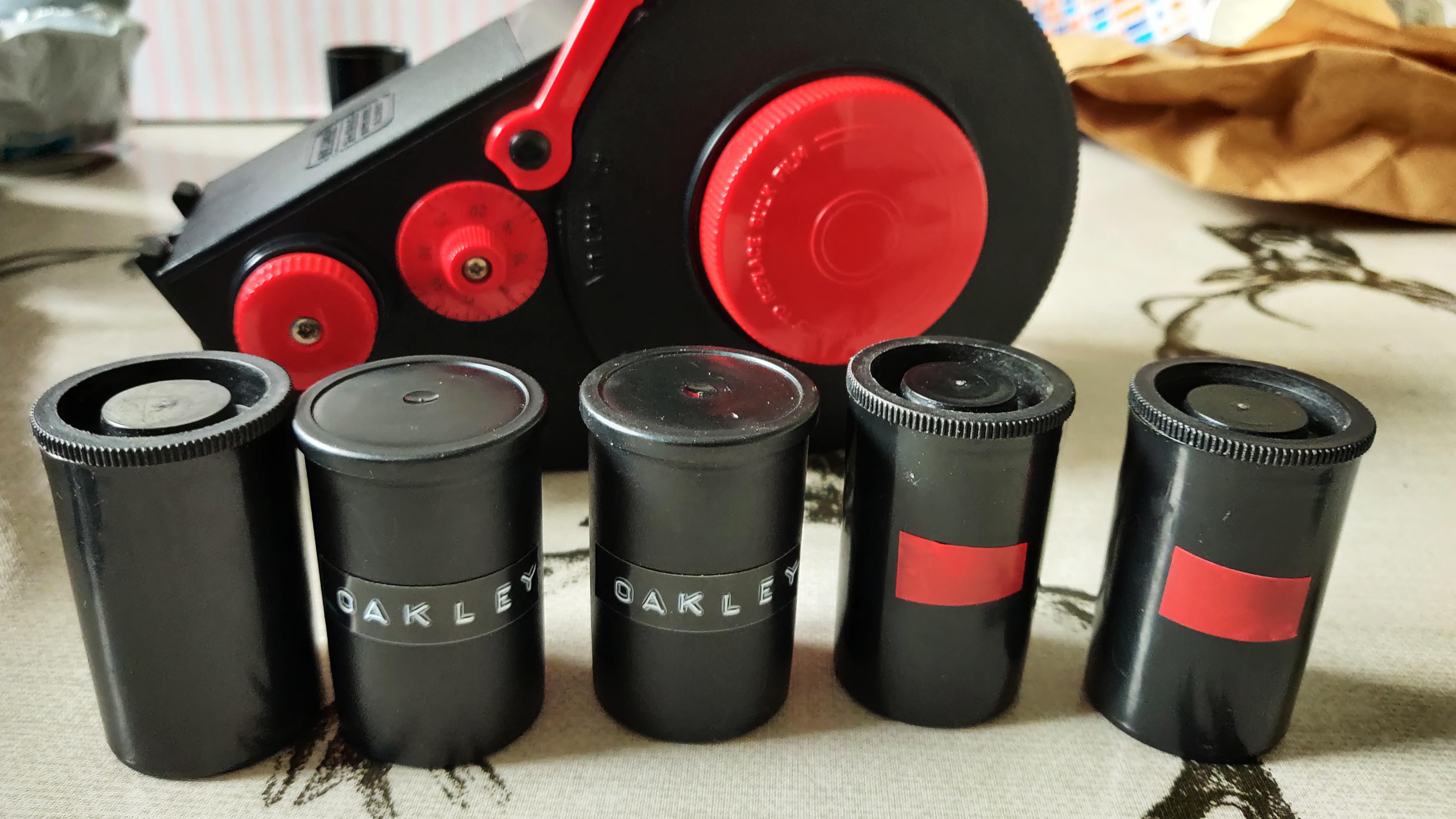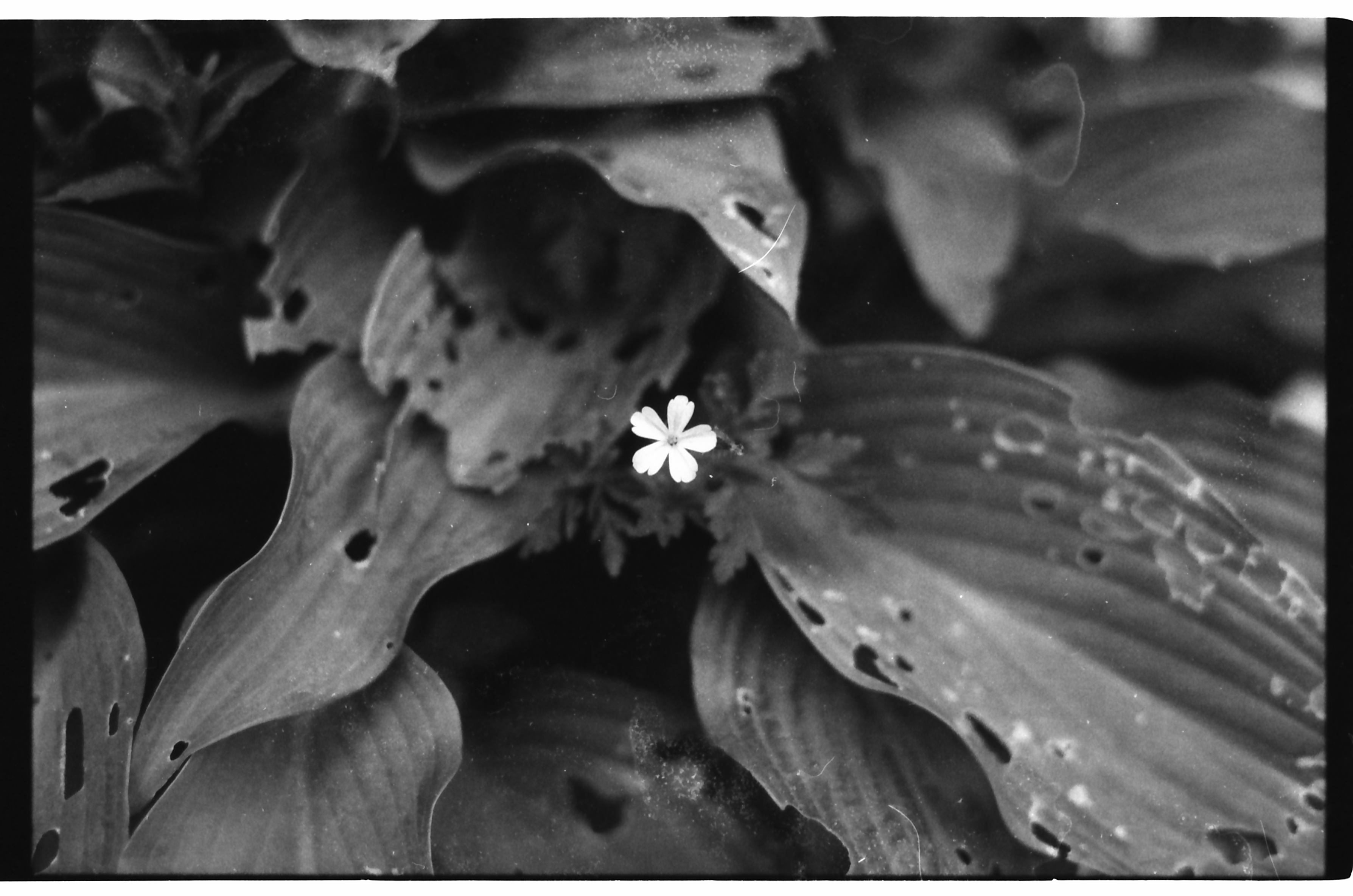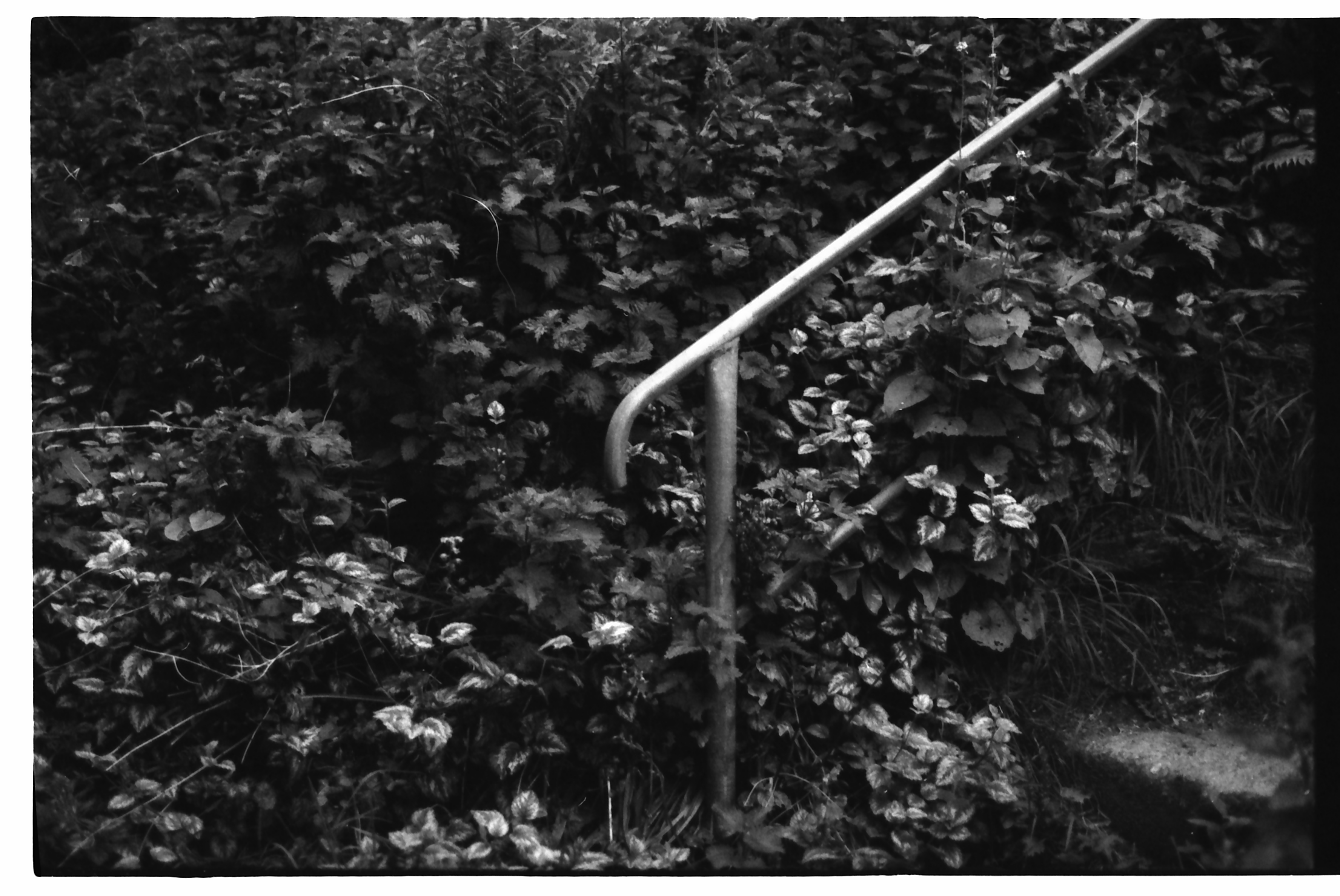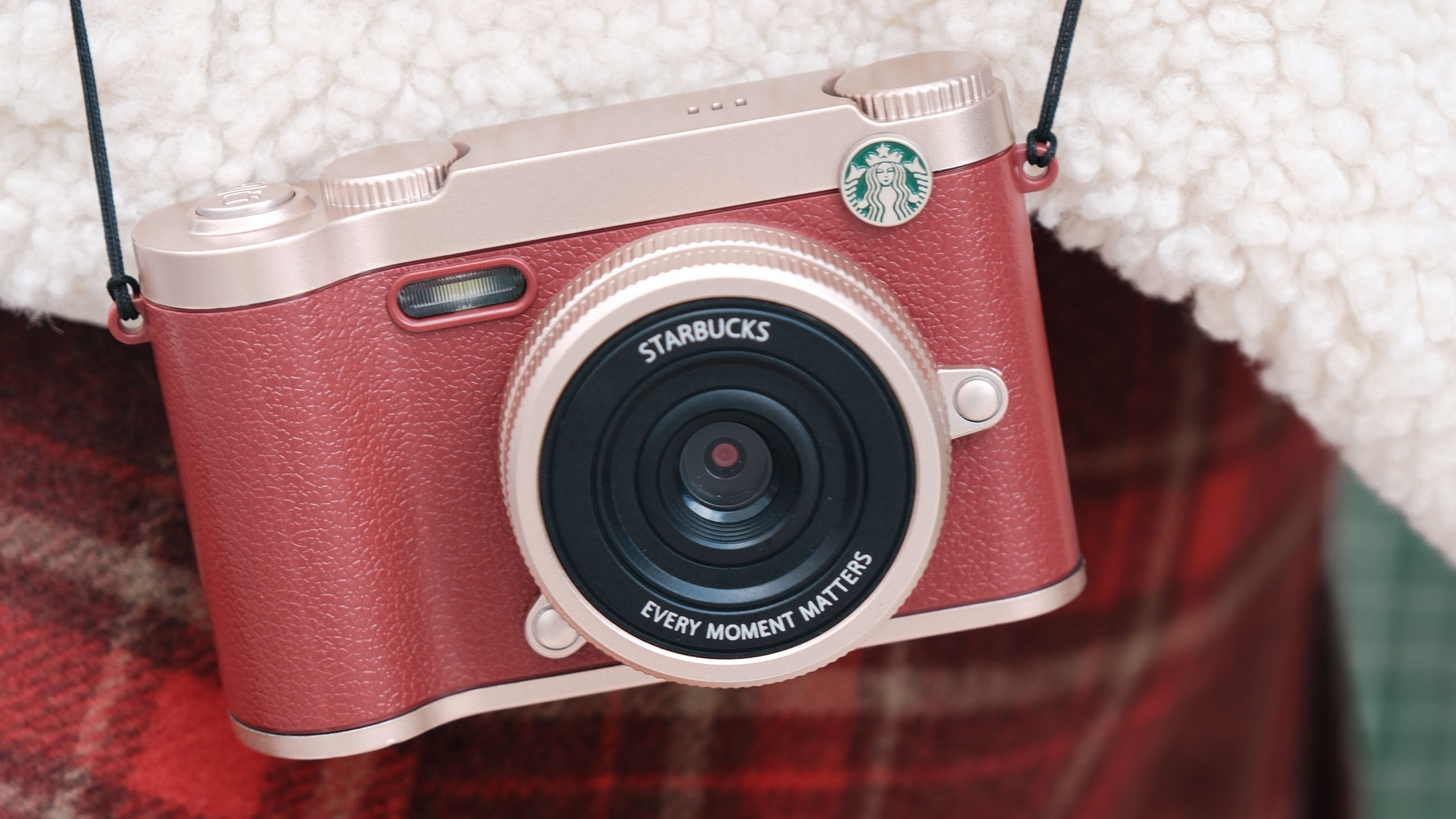Do you use film cameras? Bulk-loading film can save you a fortune
Are you a film photographer? Bulk-loading film can save you a fortune – you just have to put in the work to save the pennies

I've been a keen user of film cameras for a while, and in the digital age I've actually been choosing to pick up my analog bodies more than any of the many digital cameras that I own.
But while some say that shooting film is very expensive, it doesn't have to be if you use old practices that were designed to save users money back in the old days. And the adage "the old ways are the best" is true – especially when you bulk load your camera film!
The process of bulk-loading is rather simple; in essence, you are buying longer meters of film in a tin, instead of buying pre-rolled canisters. And you may think that buying more film would be more expensive than ready-made buying rolls of film when you need them.
However, your financials will be in much better order if you do some of the legwork yourself – as loading your own film canisters will cut out the middleman in the process.
You might think the savings can't be that significant, but I've done the sums and you will be surprised! I often shoot Fomapan 400, either at stock speed or pushed to ISO800 ISO. Currently a 35mm 36-exposure roll from a shop will cost you $8.49 / £9.45, and a 100ft tin of Fomapan 400 will set you back $85.99 / £57.95. There are also 50ft tins available, to help save on the initial investment.
If we do a bit of math, a 100ft tin of Fomapan will get you 18 rolls with 36 exposures apiece. Divide 18 by $85.99 / £57.95 and your rolls end up costing you just $4.77 / £3.21 each, or a total saving of a massive $66.83 / £112.15.
Now you see why I bulk-load all my own film!
This equation doesn't just work with a cheap black-and-white film. If we look at Ilford HP5 – considered one of the best mono film stocks around – buying a 100ft tin and bulk loading yourself will save you a huge $45.10 / £86.30. If you're like me and you shoot a mixture of 24 and 36 exposure rolls, you can save even more money!
You might think that the kit you need to bulk load your film will be expensive, so the savings won't make sense. But what if I said you could buy all the tools you need to bulk load your tin of film into a canister for just $40 / £20?
The best camera deals, reviews, product advice, and unmissable photography news, direct to your inbox!
All you will need is a bulk film loader, which can be had on the second-hand market for very cheap. This machine is all-mechanical and simple, enabling you to load your 100ft of film into it and then in turn load it into your own canisters. Bulk film canisters can also be bought new; the models from AP and Lloyd are the most easily found. You can pick up resealable plastic canisters for just $10 / £8 for 5, or you can even go to your local film lab and ask for some used canisters for free!
It really is that simply to get shooting film for a lot less, thus making film more affordable to the masses. And while I only have personal experience of bulk-loading black-and-white film, you can actually get 400ft rolls of Kodak color film and bulk load that into your 35mm canisters – thus saving you even more money if you're a color shooter.
Shooting film really doesn't have to be expensive, you just have to be willing to learn some old practices that can save you a fortune in the long run. It really is worth it!
Make sure you're using the best 35mm film for your cameras. And if you want a vintage-looking camera with all the conveniences of digital, check out the best retro cameras.

For nearly two decades Sebastian's work has been published internationally. Originally specializing in Equestrianism, his visuals have been used by the leading names in the equestrian industry such as The Fédération Equestre Internationale (FEI), The Jockey Club, Horse & Hound, and many more for various advertising campaigns, books, and pre/post-event highlights.
He is a Fellow of the Royal Society of Arts, holds a Foundation Degree in Equitation Science, and holds a Master of Arts in Publishing. He is a member of Nikon NPS and has been a Nikon user since his film days using a Nikon F5. He saw the digital transition with Nikon's D series cameras and is still, to this day, the youngest member to be elected into BEWA, the British Equestrian Writers' Association.
He is familiar with and shows great interest in 35mm, medium, and large-format photography, using products by Leica, Phase One, Hasselblad, Alpa, and Sinar. Sebastian has also used many cinema cameras from Sony, RED, ARRI, and everything in between. He now spends his spare time using his trusted Leica M-E or Leica M2, shooting Street/Documentary photography as he sees it, usually in Black and White.


